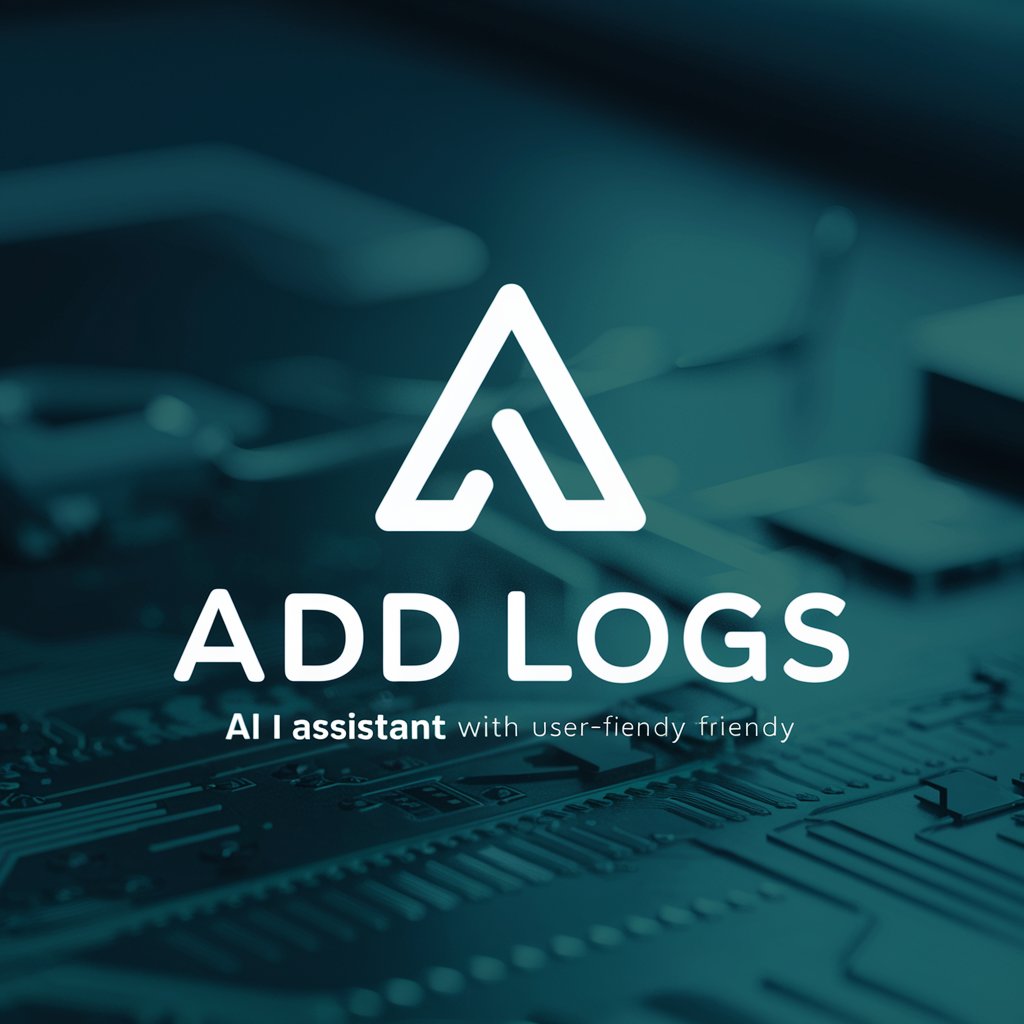5 GPTs for Error Tracking Powered by AI for Free of 2025
AI GPTs for Error Tracking refer to advanced artificial intelligence tools based on Generative Pre-trained Transformers that are specifically designed to identify, analyze, and manage errors in various systems and applications. These tools leverage the power of GPTs to understand complex error logs, predict potential issues before they occur, and suggest solutions to fix them. Their relevance lies in their ability to automate the tedious process of error tracking, thereby enhancing efficiency and reducing the time developers spend on debugging. By utilizing natural language processing and machine learning, these AI tools can adapt to different error tracking needs, making them invaluable for maintaining high-quality software and systems.
Top 5 GPTs for Error Tracking are: Log2CSV Wizard,Debug Logger,BugpilotInstaller,Code Logger Assistant,Add logs
Log2CSV Wizard
Transform Logs into Insights with AI-Powered Parsing

Debug Logger
Automate debugging with AI-powered logs

BugpilotInstaller
Empower your Next.js apps with AI-driven insights.

Code Logger Assistant
Elevate Your Code with AI-Powered Logging

Add logs
AI-powered precise logging for code debugging

Key Attributes of Error Tracking AI
AI GPTs tools for Error Tracking boast several unique characteristics and capabilities. These include advanced pattern recognition to identify errors quickly, natural language understanding to interpret error logs, and predictive analytics to foresee and mitigate potential issues. Customizability is a core feature, allowing the tools to be tailored for various complexity levels, from straightforward application bugs to intricate system failures. Special features might encompass integration with development environments, real-time monitoring dashboards, and automated suggestions for code optimization. Such adaptability and specialized functions make these tools exceptionally versatile in the error tracking domain.
Who Benefits from Error Tracking AI?
AI GPTs tools for Error Tracking are designed for a wide range of users, from novices in programming to seasoned developers and IT professionals. Novices can benefit from simplified error explanations and guided solutions, making these tools accessible without extensive coding knowledge. For developers and technical experts, the tools offer deep customization options, enabling integration into complex projects and workflows. This broad accessibility ensures that anyone involved in software development or IT operations can leverage these AI tools to enhance their error management processes.
Try Our other AI GPTs tools for Free
Cosmic Philosophy
Explore the universe's philosophical aspects with AI GPTs tailored for Cosmic Philosophy, offering insights, analyses, and visualizations for both novices and professionals.
Texture Design
Discover how AI GPTs are transforming Texture Design, offering innovative tools for creating, editing, and customizing digital textures with ease.
Playlist Analysis
Discover how AI GPTs revolutionize playlist analysis, offering personalized, dynamic music curation for an unparalleled listening experience.
Link Generation
Explore AI GPTs for Link Generation: cutting-edge tools designed to automate link creation, optimize digital content, and enhance user engagement with contextual relevance.
Audio Streaming
Discover how AI GPTs are transforming audio streaming with advanced customization, intelligent content recommendations, and seamless integration capabilities.
Settlement Strategy
Explore AI GPTs for Settlement Strategy: cutting-edge tools transforming data analysis and strategic planning in settlements, offering tailored, intuitive solutions for professionals and novices alike.
Expanding the Potential of Error Tracking with AI
AI GPTs tools for Error Tracking not only streamline error management but also offer insights for continuous improvement, making them a critical component in the development lifecycle. Their ability to learn from data and adapt to new errors over time means that they become more effective as they are used. Moreover, their user-friendly interfaces and integration capabilities mean they can easily become part of existing workflows, offering a seamless way to enhance quality assurance processes across different sectors.
Frequently Asked Questions
What exactly are AI GPTs for Error Tracking?
AI GPTs for Error Tracking are AI-based tools that utilize Generative Pre-trained Transformers to automatically identify, analyze, and rectify errors in software and systems. They apply advanced algorithms to process error data, providing insights and solutions for improvement.
How do these tools identify errors?
They use pattern recognition, natural language processing, and machine learning algorithms to detect anomalies, interpret error logs, and identify potential issues based on historical data and predictive analytics.
Can these tools predict future errors?
Yes, by analyzing past incidents and current system performance, they can forecast potential problems, allowing preemptive action to prevent errors from occurring.
Are AI GPTs for Error Tracking user-friendly for non-developers?
Absolutely. These tools often come with intuitive interfaces and provide explanations in simple language, making them accessible for users without technical expertise.
Can I integrate these tools with my existing development environment?
Yes, many of these tools are designed for easy integration with popular development environments and project management tools, enhancing workflow efficiency.
Do these AI tools offer real-time monitoring?
Many do, offering dashboards that track system performance in real-time, alerting users to issues as they arise for immediate resolution.
How customizable are AI GPTs for Error Tracking?
They are highly customizable, allowing users to set specific parameters, thresholds, and notifications to meet the unique needs of their projects or systems.
What are the main benefits of using AI GPTs for Error Tracking?
The main benefits include increased efficiency in error identification and resolution, reduced downtime, predictive error prevention, and enhanced software quality.